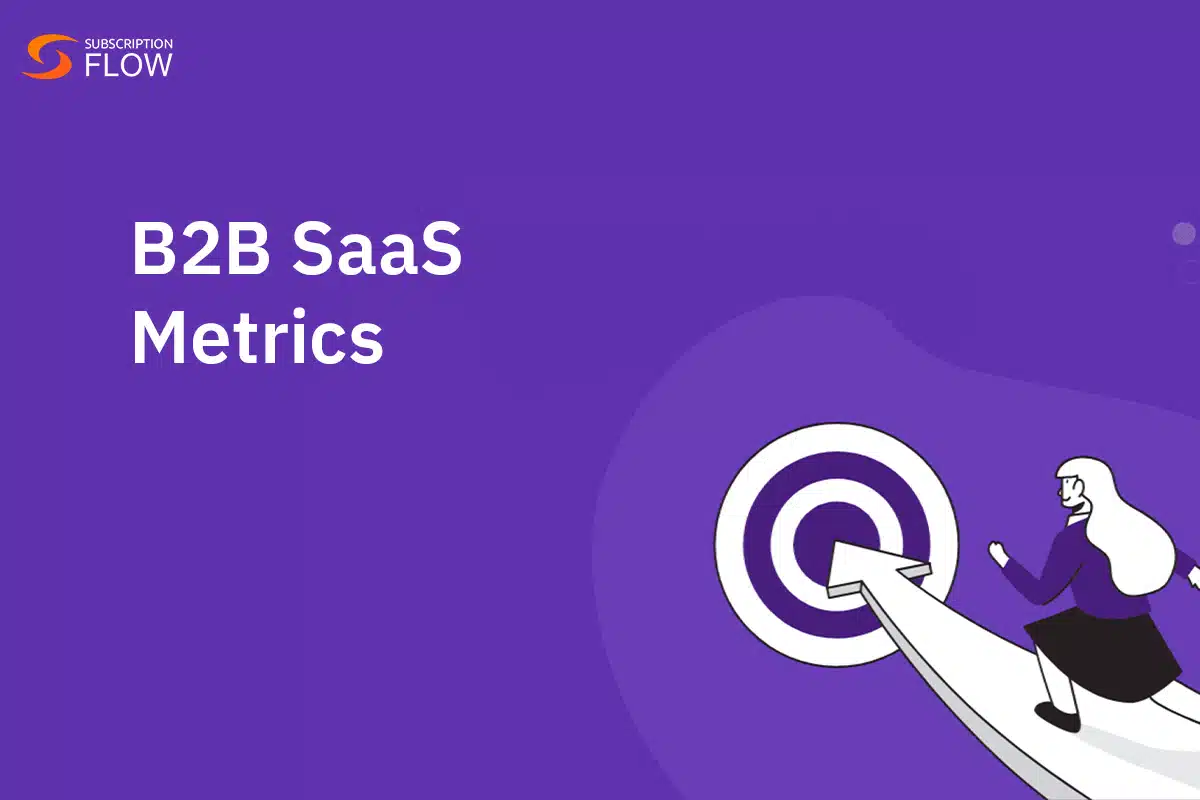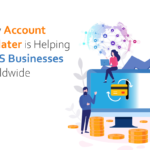
Learning to Measure Key B2B SaaS Metrics with SubscriptionFlow
While the importance of SaaS B2B metrics has already been covered to death, what has not been covered in as much detail is the whisking out of important B2B SaaS product metrics from the unimportant ones. We have also not seen in the necessary amount of detail why certain metrics matter over others and why overlooking some is actually bad for your business in the long run.
This blog is written expressly for small to medium sized businesses that cannot possibly take all metrics into account and so must engage in a brutal strategy of having to pick and choose.
That said, in this blog we will delve deeper into what are B2B SaaS metrics, why are they important, and which are the best B2B SaaS product metrics you need to be wary of to track the success of your business.
Read more: The Most Important Metrics to Secure SaaS Funding in 2024
What are B2B SaaS product metrics?
Product metrics track how people interact with your product and how that affects your business. They are critical for understanding your product’s overall health and areas of weakness, as well as guiding your product decisions. These metrics can assist SaaS product owners and managers in measuring customer satisfaction, retention, acquisition, revenue, profitability, and growth—the metrics we will be going over in this blog to help you discern how to use B2B SaaS metrics for the betterment of your company.
What are B2B SaaS metrics benchmarks and why are they important?
Though there are plenty more metrics that we can go over, in this blog we will be restricting ourselves mainly to the following five to help you understand how to measure the success of your business:
- Rate of customer retention: Early-stage businesses may prefer to focus on customer retention, but once you have established a solid base of paying customers, revenue retention becomes more important. While it can be calculated as a monthly or annual metric, it is most commonly visualized in a retention chart (also known as a retention matrix), which shows how well customers retain over time.
- Rate of retaining customers: The customer retention rate is the percentage of customers you kept over a given time period. It is critical to measure retention over time or at multiple points in a given period for a successful product marketing campaign. Customer retention cost is a retention metric that is calculated by dividing the total annual cost of customer success, initiatives, and retention teams by the number of active users.
- Yearly growth rate: This metric, also referred to as annual recurring revenue (ARR), calculates a company’s annual growth. And, while it may appear obvious like an obvious enough metric to keep track of, but a lot of companies make the big mistake of focusing too much on the nitty gritty details of their company’s profit margins. Doing this lets them focus on the big picture, but it comes at the cost of these smaller metrics. In the long run, persistently neglecting metrics such as these may have a harmful effect on your company’s growth and might even sink it under.
This metric is also important because roughly 40% of all SaaS companies calculate ARR incorrectly, it is important for us to flag here the exact way in which one is to calculate one’s ARR correctly. To calculate ARR correctly, start with MRR and then add MRR from new customers for the month, followed by MRR change gained from expansion for the month. Subtract the total MRR from downgrades and churn. Divide that figure by 12 to get your ARR.
- Rate of productivity: This metric is considered a little unimportant by some businesses as it is concerned with determining how long it takes to complete specific tasks. It is all about what people are doing. The reason, however, why we argue in this blog that it is a good metric is that it is especially suited for small to medium-sized businesses (SMEs) as these software offer a one size fits all solution to their clients and so it makes sense to help the clients see how much of their product is being used and, more importantly, in how much time.
Read more: Billing Performance Metrics That You Must Track to Maximize Revenue for Your Subscription Business
How can SubscriptionFlow help you measure these B2B SaaS metrics?
It has been made clear that all of these metrics can assist you in measuring performance, identifying strengths and weaknesses, and planning future strategies. But, the million dollar question remains, how do you easily and consistently collect, analyze, and visualize these metrics?
Lo and behold, that is where SubscriptionFlow enters the picture. SubscriptionFlow is a powerful and adaptable platform that allows you to accurately and simply measure B2B SaaS metrics. It does that by integrating with your billing system, CRM, and other data sources to calculate and display metrics in real-time dashboards. In addition to that, it also lets you design custom reports, establish goals and alerts, and share your findings with your team and stakeholders. Because SubscriptionFlow assists you in gaining a better understanding of your business and make data-driven decisions, having it on your team naturally increases the growth and profitability of your business.
If SubscriptionFlow is what you need to help make the best of these B2B SaaS metrics, then book a demo now to see the magic of this software on your company’s profit margins!










